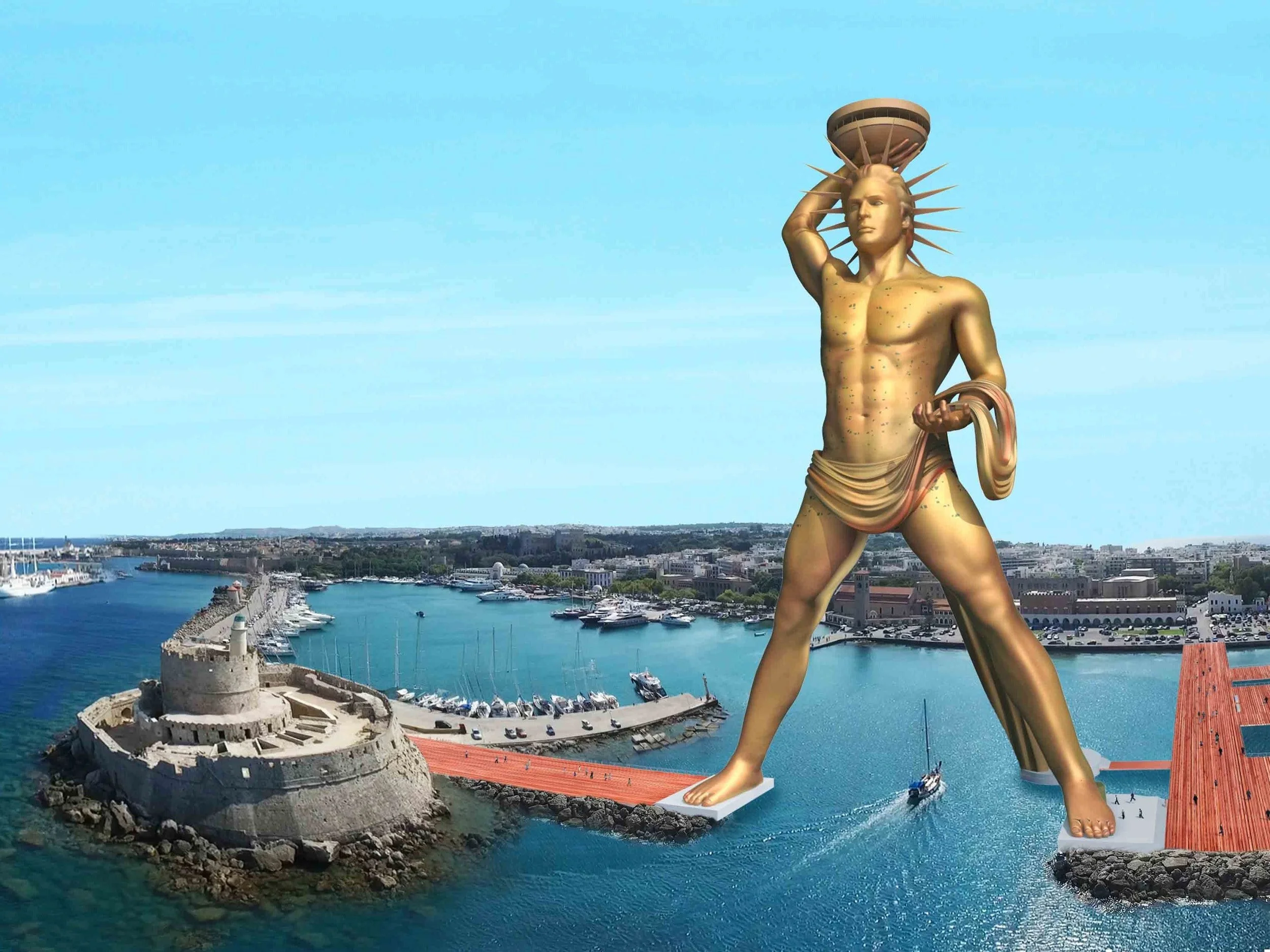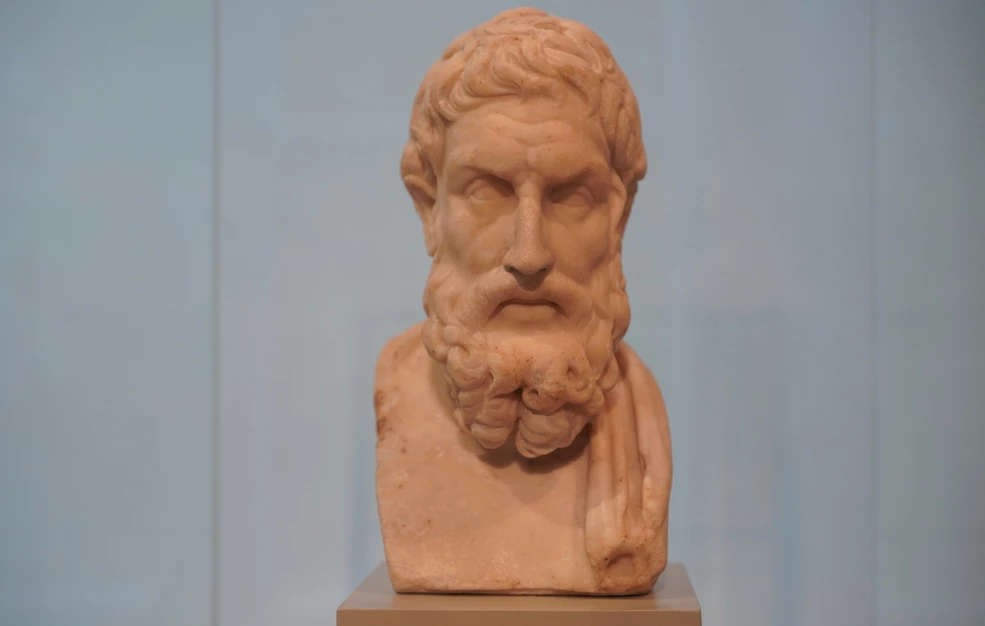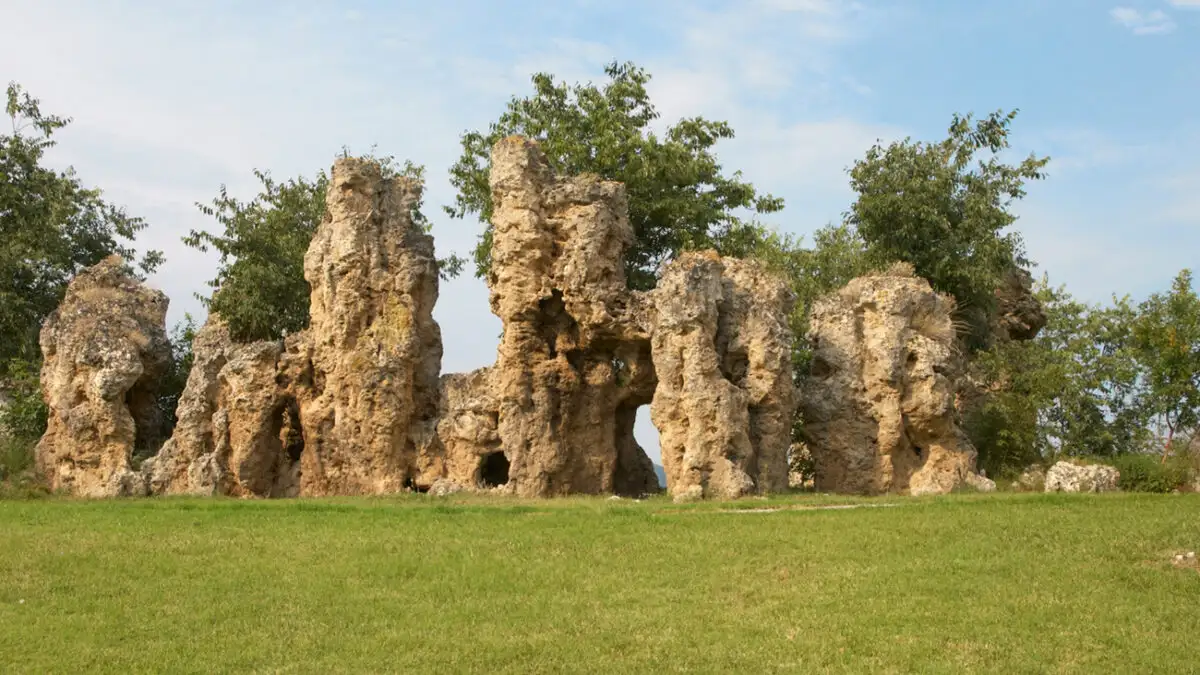In the annals of ancient wonders, the Colossus of Rhodes stands as a beacon of architectural prowess and maritime grandeur. Erected on the island of Rhodes in the 3rd century BCE, this colossal bronze statue of the sun god Helios transcended its physical dimensions to become a symbol of both artistic achievement and the indomitable spirit of the Rhodians. As we embark on a journey through time, let's unravel the story of the Colossus and explore the cultural, historical, and engineering marvel that once graced the Mediterranean.
**1. The Birth of the Colossus:**
Commissioned to celebrate the victory of Rhodes over the invading forces of Demetrius Poliorcetes, the Colossus was designed by the sculptor Chares of Lindos. Standing over 100 feet tall, it was a representation of the sun god Helios, the patron deity of Rhodes. The colossal statue took twelve years to complete and was a testament to the artistic and engineering prowess of ancient Greece.
**2. Materials and Construction:**
Crafted primarily from bronze, the Colossus of Rhodes was a marvel in metallurgy. The internal structure was constructed using a framework of iron and stone, providing stability to the immense statue. The outer layer consisted of bronze plates, giving the Colossus its shimmering golden appearance. The sheer scale of the statue was awe-inspiring, and it held a commanding presence at the entrance of the bustling harbor.
**3. Guardian of the Harbor:**
Positioned at the Mandraki Harbor entrance, the Colossus of Rhodes served both practical and symbolic purposes. Its outstretched legs spanned the harbor's entrance, creating a striking visual for incoming ships. Moreover, it symbolized the Rhodian resilience and their ability to withstand adversity, a testament to their victory over Demetrius Poliorcetes.
**4. The Demise and Legacy:**
The Colossus' reign as the guardian of Rhodes was tragically short-lived. In 226 BCE, an earthquake struck, toppling the mighty statue and leaving it in ruins. Despite its fall, the Colossus of Rhodes continued to capture the imaginations of generations to come. Its remnants lay scattered for centuries, becoming a marvel for travelers and explorers.
**Conclusion:**
The Colossus of Rhodes, though physically absent from the modern world, continues to cast a long shadow over our understanding of ancient marvels. A symbol of triumph, artistic achievement, and engineering ingenuity, this colossal statue stands as a testament to the enduring spirit of the ancient Rhodians. As we gaze upon the remnants of its legacy, we are reminded of the timeless allure and grandeur that once graced the shores of Rhodes, leaving an indelible mark on the pages of history.









